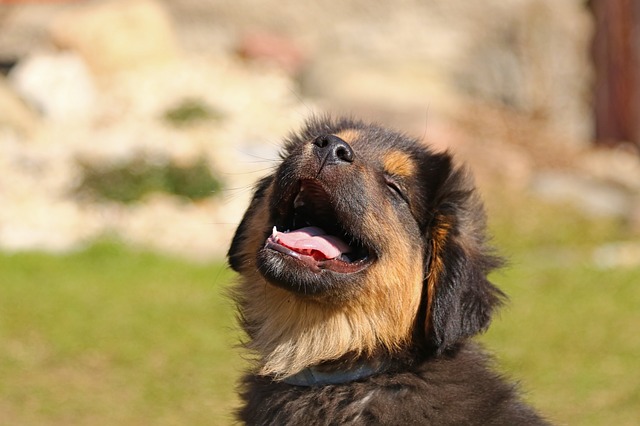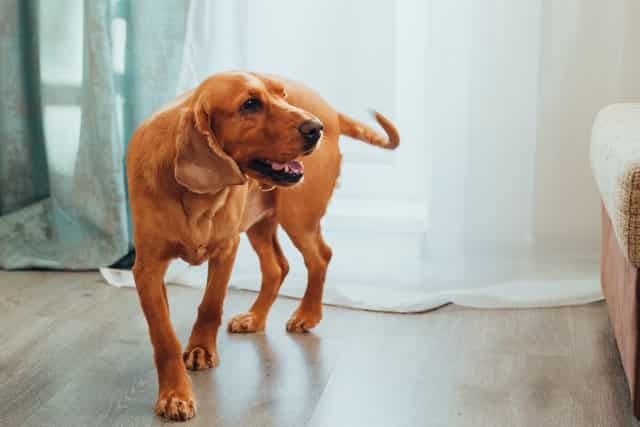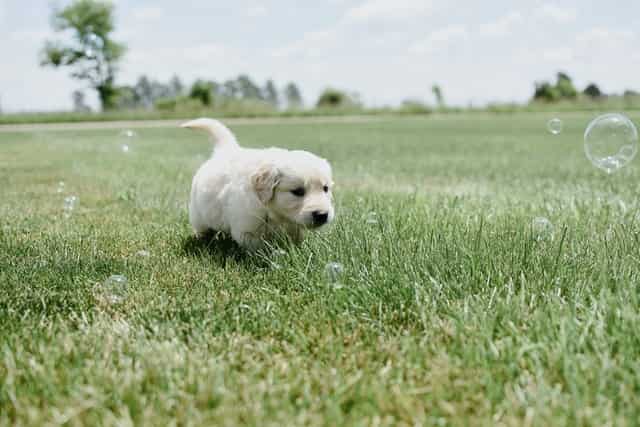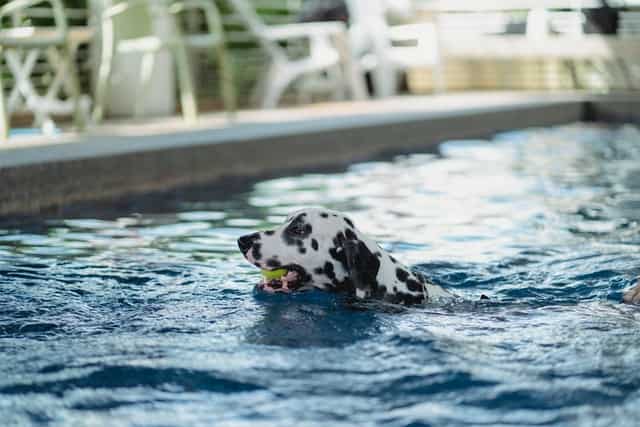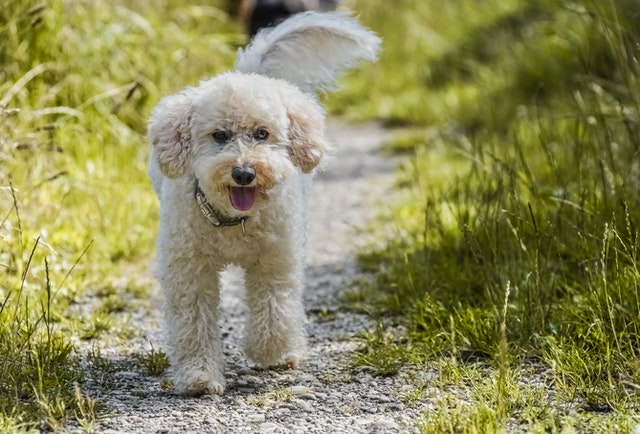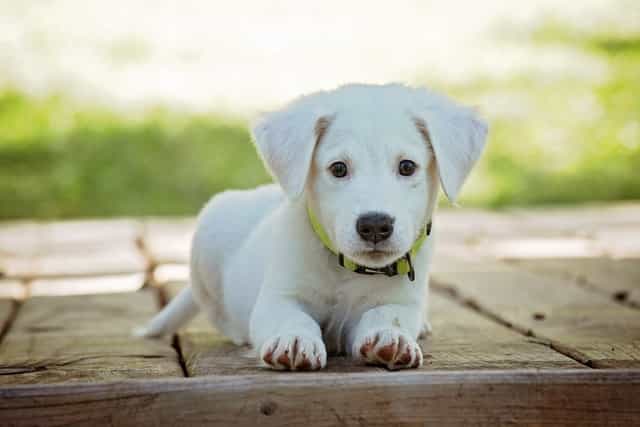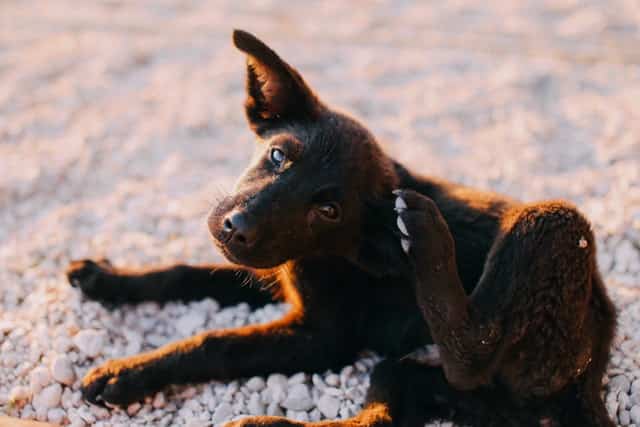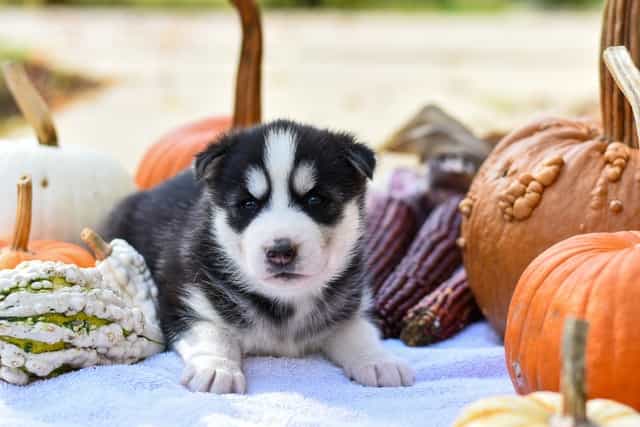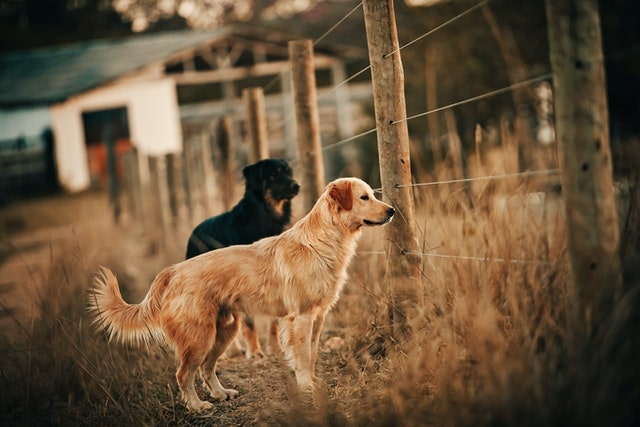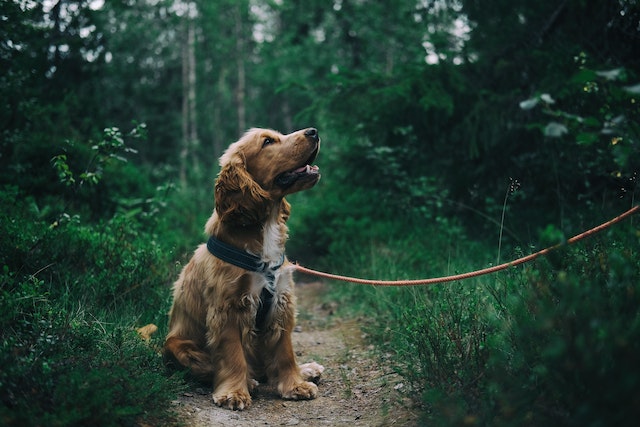
Dogs lick each other as a way of showing affection. It is also a way for them to communicate with one another. Dogs will often lick the face of their owner or another dog as a sign of respect. Licking is also a way for dogs to show dominance over others.
Dogs will also lick their own bodies as a way of cleaning themselves. They will often lick their paws or coat in order to remove any dirt or debris that may be on them. Dogs will also sometimes lick other animals, such as cats, as a way of showing affection.
Licking is a natural behavior for dogs and is not something that should be discouraged. If you do not want your dog to lick your face, simply turn your head away when they try to do so. You can also train your dog not to lick by using positive reinforcement techniques. rewarding them when they refrain from licking. Dogs typically learn very quickly what is expected of them and will soon stop licking if it is not something that you want them to do.
Licking can also be a sign of stress in dogs. If your dog is licking excessively, it may be a sign that they are feeling anxious or stressed. Excessive licking can also be a sign of boredom or loneliness. If you think your dog may be licking for these reasons, it is important to provide them with more attention and stimulation. This can be in the form of walks, playtime, or even just spending more time talking to them. If you are concerned that your dog’s licking is excessive, it is always best to consult with a veterinarian. They will be able to rule out any medical causes and help you determine the best course of action for your dog.
Why do dogs lick other dogs ears?
There are a few reasons why dogs might lick another dog’s ears. One reason is that it feels good! The ear is full of sensitive nerve endings, and some dogs really enjoy having their ears rubbed and massaged.
Another reason a dog might lick another dog’s ear is because they’re trying to communicate something. Dogs communicate through body language and scent, and licking is one way they can show submission or respect. Licking another dog’s ear might also be a sign of affection.
Whatever the reason, if your dog enjoys having their ears licked, there’s no need to worry. Just make sure you keep an eye on things and clean their ears regularly to prevent any infection.
Why do dogs lick other dogs faces?

There are a few reasons for this behavior. One reason is that dogs have scent glands in their faces, and when they lick each other’s faces, they are exchanging scents. This helps them to identify each other and also strengthens the bond between them. Dogs also lick each other’s faces as a sign of submission or dominance. When a dog licks a more dominant dog’s face, it is showing deference. Finally, dogs may simply enjoy the taste or sensation of licking another dog’s face. Whatever the reason, if your dog enjoys this behavior and it doesn’t bother you, there’s no need to worry about it. However, if your dog is excessively licking other dogs’ faces or if it’s causing any problems, you may want to talk to your veterinarian about it.
Why do dogs lick their own faces?
Dogs also lick their own faces for similar reasons. They are cleaning themselves and getting rid of any dirt or debris that may be on their fur. Dogs also have scent glands in their faces, so they may be trying to leave their own scent behind. Additionally, some dogs simply enjoy the sensation of licking their own faces. If your dog is licking its face excessively, however, it could be a sign of an underlying health condition. If this is the case, you should take your dog to the vet for a check-up.
Why do dogs lick people’s faces?
Dogs may lick people’s faces for many of the same reasons that they lick other dogs’ faces. They may be trying to get our scent, show submission or dominance, or simply enjoy the taste or sensation. Some people believe that when a dog licks their face, it is a sign of affection. However, this is not always the case. If you don’t like your dog licking your face, you can train it not to do this behavior.
Is it normal for dogs to lick each other?
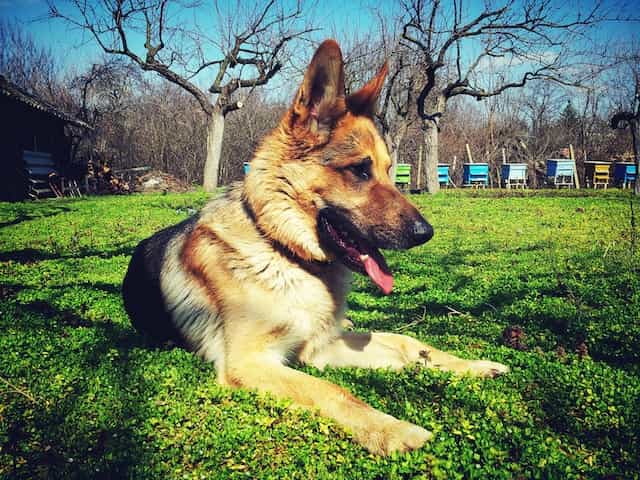
Yes, it is quite normal for dogs to lick each other. It is a way for them to show affection and also to groom each other. Dogs will often lick their owners as well, which is seen as a sign of affection. Some people do not like this behavior, but it is perfectly normal for dogs. If you are concerned about your dog’s licking behavior, you should talk to your veterinarian. They will be able to help you determine if there is a problem or not.
Why do dogs lick and chew their paws?
One reason may be that they have an itch that they can’t scratch. Another reason may be that they’re trying to remove something from their paw, such as a pebble or burr. Finally, some dogs just seem to enjoy the taste or sensation of licking their paws.
If your dog is licking and chewing their paws excessively, it could be a sign of an underlying health problem. Allergies, skin infections, and arthritis are just a few of the conditions that can cause your dog to lick and chew their paws excessively.
Why do dogs lick us in the morning?
One reason could be that they want attention or food. Dogs can also be trying to tell their owners something, like they need to go outside or they’re feeling sick. Additionally, some dogs just enjoy licking people and see it as a way of showing affection.
How do dogs lick up water?
Dogs lick up water by using their tongue as a sponge. When they stick their tongue out, they close their lips around the water and then suck the water back into their mouth. Dogs also have a special groove in their tongue that helps them lap up water. Some dogs even curl their tongue into a cup shape to scoop up water. All of these methods help dogs to take in a lot of water very quickly.
Dogs need to drink a lot of water because they are constantly losing water through their panting and urinating. If they don’t drink enough water, they can become dehydrated, which can be dangerous. That’s why it’s important to always have fresh, clean water available for your dog to drink.
What other methods do dogs use to stay hydrated?
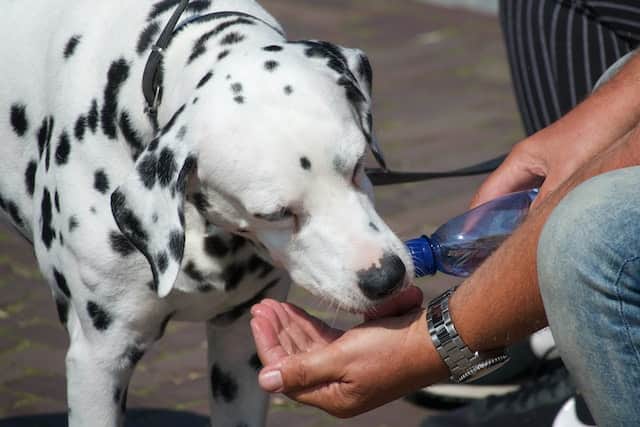
Dogs also get water from the food they eat. Many foods, especially wet or canned foods, contain a lot of water. This helps to keep dogs hydrated even if they don’t drink a lot of water on their own.
Another way that dogs can stay hydrated is through the use of dog water fountains. These fountains provide a continuous stream of fresh, clean water for dogs to drink. They are a great way to keep your dog hydrated, especially if you live in an area with warm weather.
Can dogs lick lemons?
The answer to this question depends on the dog. Some dogs may be able to lick lemons without any problems, while others may find the citrus taste to be too strong. If your dog does not seem to enjoy licking lemons, it is probably best to avoid giving them any. Dogs that do enjoy licking lemons may need to be monitored to make sure they do not consume too much citrus. Too much citrus can cause stomach upset in dogs. If your dog does consume too much lemon, contact your veterinarian immediately.
Lemons are not toxic to dogs, but they can cause stomach upset. Dogs that consume lemons may experience vomiting, diarrhea, and abdominal pain. In severe cases, dogs may also experience difficulty breathing and an increased heart rate. If you think your dog has consumed too much lemon, contact your veterinarian or the ASPCA Animal Poison Control Center at (888) 426-4435.


